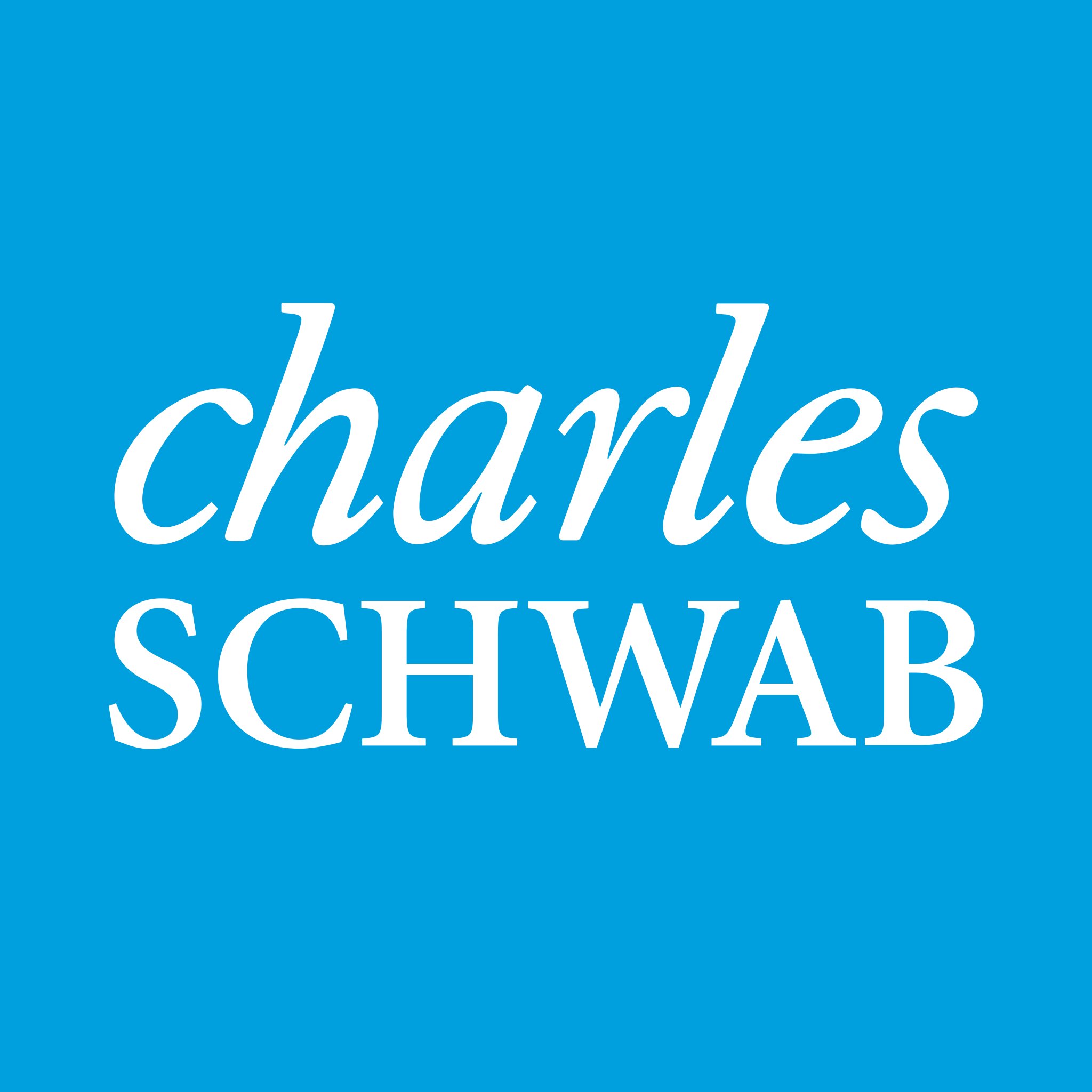How to Invest $5,000
When you have $5,000 to invest, retirement accounts, robo-advisors, commission-free ETFs and stock trading provide several options for making it grow.
Many, or all, of the products featured on this page are from our advertising partners who compensate us when you take certain actions on our website or click to take an action on their website. However, this does not influence our evaluations. Our opinions are our own. Here is a list of our partners and here's how we make money.
The investing information provided on this page is for educational purposes only. NerdWallet, Inc. does not offer advisory or brokerage services, nor does it recommend or advise investors to buy or sell particular stocks, securities or other investments.
A $5,000 windfall is a significant amount of money. It might change how you invest — or give you a jumping-off point to start investing if you’re not already. The best way to invest $5,000 ultimately depends on what suits your risk tolerance and goals. Here are five ways to get started.
1. Invest in your 401(k) and get the matching dollars
If you have a 401(k), your company offers to match your contributions and you’re not taking it up on that offer, this decision is a no-brainer: Go after that match. Many companies match half or all of your contributions, up to 3% to 6% of your salary. It’s the highest guaranteed return in investing.
You typically can’t deposit a lump sum like $5,000 into your 401(k), but you may find that having that money in the bank gives you room in your budget to start grabbing those matching dollars. Those 401(k) contributions will make your paycheck smaller, but you can repay yourself from that $5,000, either after each paycheck or whenever money runs short for the month.
» Are you on track for retirement? Find out with our 401(k) calculator.
2. Use a robo-advisor
You could build a portfolio of exchange-traded funds (ETFs) or have one of these computer-driven advisors manage a pre-built portfolio for you. Robo-advisors offer complete portfolio management.
You’ll pay for taking the easy way out, generally a management fee of 0.25% to 0.35% of your account balance per year on top of the ETF expense ratios. However, there are a few free options. Wealthfront has a $500 minimum. Charles Schwab’s advisor, Intelligent Portfolios, requires $5,000 and uses its own funds but charges no management fee.
» Ready to call in the robots? Our picks for the best robo-advisors
| Brokerage firms | |
|---|---|
| | |
| | |
3. Open or contribute to an IRA
The annual individual retirement account (IRA) contribution limit is $7,000 in 2025 ($8,000 if aged 50 and older). For 2026, the limit is $7,500 ($8,600 if aged 50 and older) , so you’re just a hair away from reaching it . Being that close might motivate you to pinch together the rest, but even if it doesn’t, an individual retirement account is the best home for this money if you don’t have a 401(k) or you’ve already gotten your matching dollars.
Like a 401(k), an IRA is a retirement account, but you don’t need an employer to have one. You can open an IRA at any online broker. Many don’t have an account minimum; those that do either require much less than $5,000 or waive their minimum for an IRA.
» Ready for more? See our list of the best IRA account providers.
4. Buy commission-free ETFs
A $5,000 investment gets you past most standard mutual fund and index fund minimums, which typically hover between $1,000 and $3,000. But one or two mutual funds do not a diversified portfolio make. (The exception is target-date funds, which are inherently diversified so you can put your full investment in a single fund. These can have high expense ratios but are one option for investors who prefer to be hands-off.)
Investing in five $1,000-minimum index funds would buy you an equal share of the five kinds of investments tracked by those funds, which probably isn’t the portfolio you want.
Enter ETFs, which you can buy through your IRA or an online brokerage account. ETFs are index funds that trade like stocks. You avoid the whole song and dance with minimums and instead buy in for a share price that is, in most cases, much lower than the typical fund minimum. You can buy more funds, get more diversification and spread your money in a way that makes sense for your age and risk tolerance.
ETFs tend to have low expense ratios, but you’ll want to focus on commission-free ETFs so you’re not paying a fee each time you buy or sell. While rare these days, those fees can run up to $10 and drag down a small investment. Most brokers offer a list of commission-free ETFs.
Advertisement
Fees $0per online equity trade | Fees $0per trade. Other fees apply. |
Account minimum $0 | Account minimum $0 |
Promotion Noneno promotion available at this time | Promotion Get up to $1,000when you open and fund an E*TRADE brokerage account. Terms apply. |
5. Trade stocks
Trading stocks has a kind of allure, and if you’ve been feeling the pull, now may be the time to do something about it — with a very small percentage of your portfolio. A good rule of thumb is to limit stocks to 10% or less of your portfolio and dedicate the rest of your money to low-cost funds geared toward retirement.
Those pesky commissions pop up again here, too. Avoid or limit fees by using a low-cost broker or free trading app.
Next steps
Article sources
NerdWallet writers are subject matter authorities who use primary,
trustworthy sources to inform their work, including peer-reviewed
studies, government websites, academic research and interviews with
industry experts. All content is fact-checked for accuracy, timeliness
and relevance. You can learn more about NerdWallet's high
standards for journalism by reading our
editorial guidelines.
- 1. IRS. 401(k) limit increases to $23,500 for 2025, IRA limit remains $7,000. Accessed Jun 13, 2025.
More like this
Related articles









